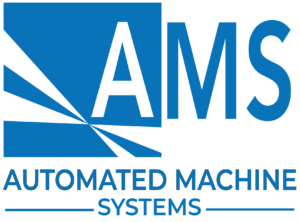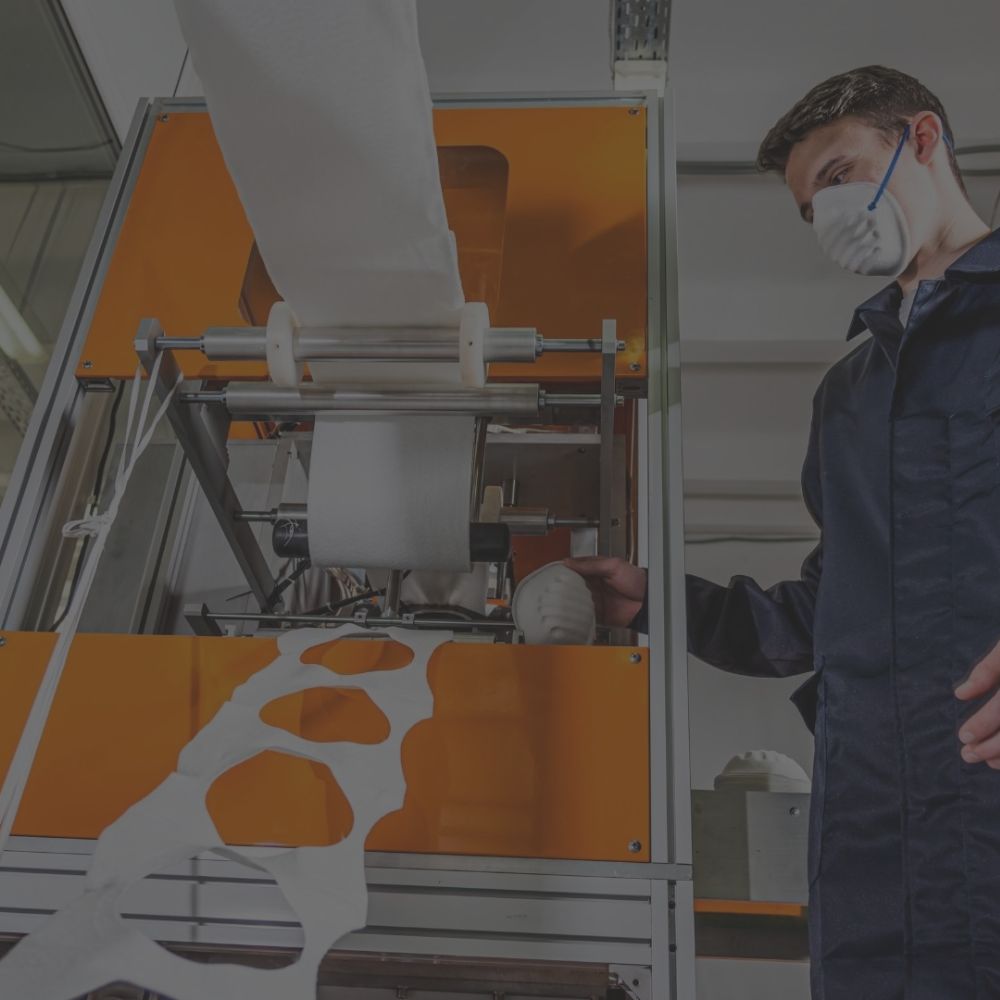Decades of experience in a range of industries
Proven processes for smooth delivery
Engineering and design expertise
Advanced Laser Welding: To Be Precise
Welding traces its roots back to the 5th century BCE (and arguably earlier), and while the core concept of heating materials until they fuse together has never changed, the methods and technologies used to perform welding have advanced many times over. The most recent evolution of welding technology – laser beam welding - has recently entered mainstream use.
In the right applications, laser welding provides a host of benefits over traditional methods. It’s quickly becoming industrial manufacturers’ automated welding solution of choice.
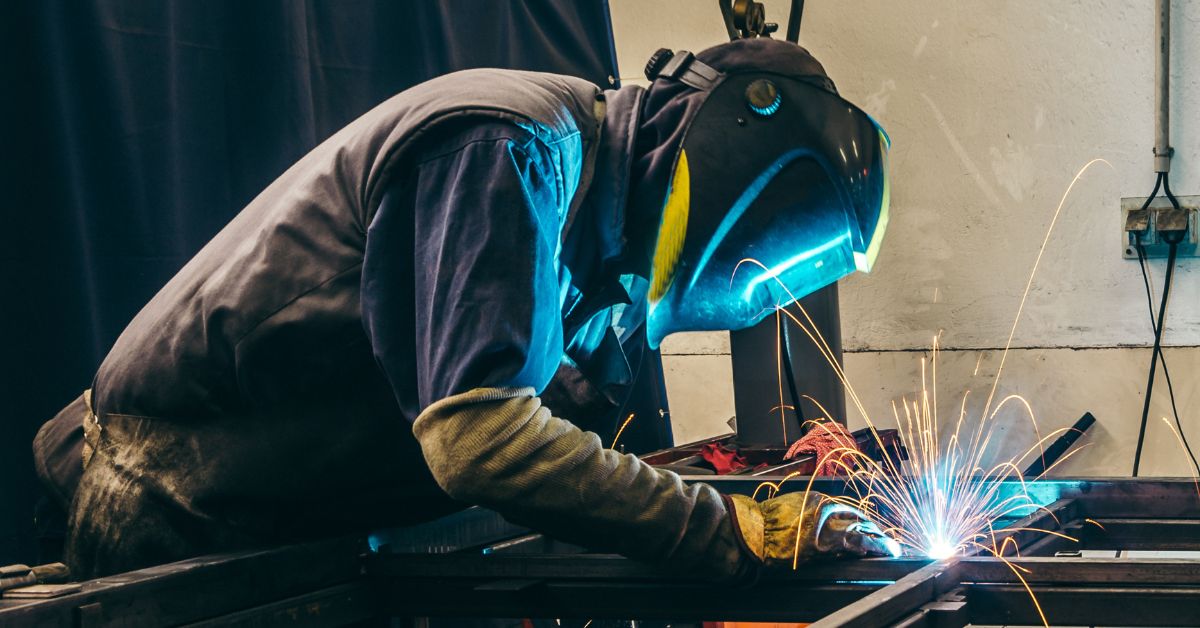
Means and Methods in Laser Beam Welding
While the general concept of generating laser beams is universal, there are several different methods used in practice, as follows:
Applications in Laser Welding
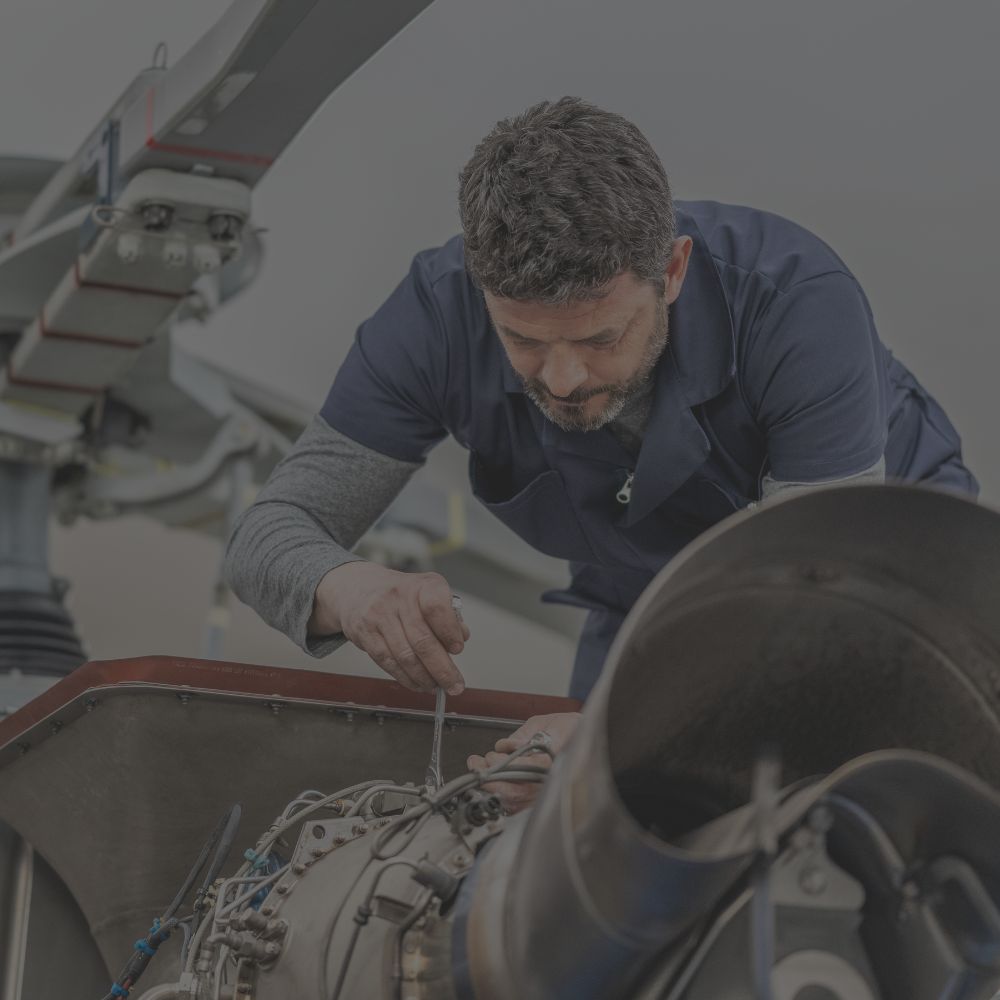
Aerospace
Aerospace components, such as onboard instruments and sensors, continuous body and wing panels and control housings.
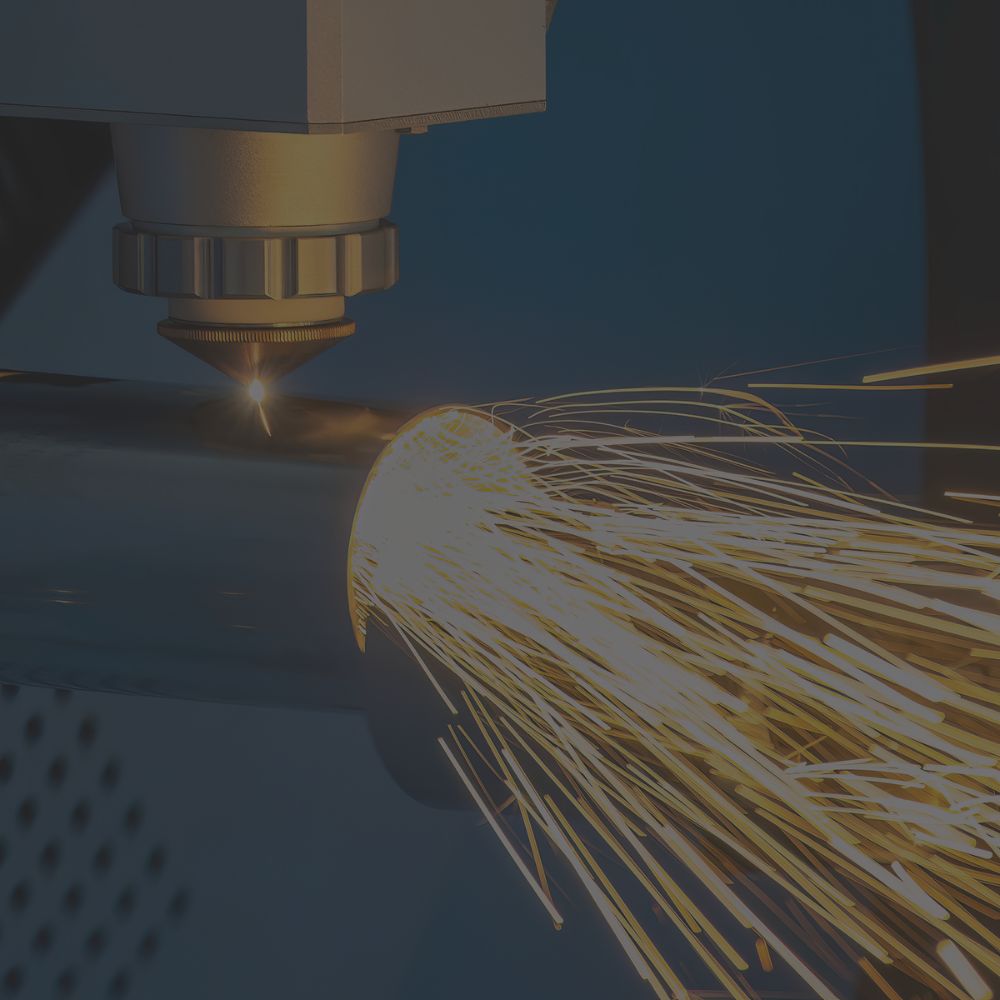
Tooling & Blades
Tooling, including a wide array of tool, blade and fixture fabrications.

Artisanal
Artisanal uses, as with jewelry, art pieces and miniature figurines.
Automating Industrial Manufacturing Laser Welding
Manual laser welding, which is performed by hand, is admittedly not automated in terms of position and motion, but because of the advanced technology needed to generate the laser beam itself, it’s considered automated on the laser emission end of things. Hand-guided laser welders are great for small, bespoke fabrication projects, or conversely, where parts are too big or difficult to access otherwise.
Semi-automated laser welding is a step up from manual welding. Semi-automated welding typically employs a robotic armature to position an automatic laser weld torch to individual parts placed into a weld chamber. Medium-scale, moderate-volume, repetitive part operations mostly rely on semi-automated laser welding, which targets replacing a human welder with robotics to speed up production, alleviate repetitive stress and improve consistency in the finished products.
Fully automated laser welding is essential for the highest-volume applications both small and large in scale. Most commonly, robotic welders are positioned over continuous conveyor or gantry feed systems, performing welds as parts move through the production process. These systems are usually intended to solve volume and throughput concerns in less-automated solutions, but also serve the most sensitive applications where human errors or product defects cannot be tolerated.

Sealing Up With Laser Welding
From our own direct experience, we can attest to the significant strides that laser welding is taking in improving industrial manufacturing. In appropriately matched applications, laser welders consistently provide higher throughput, smaller footprints, fewer rejects and lower total operating costs (in terms of both post-weld cleanup and electricity) over other welding methods.
While there are situations of lasers not living up to expectations, that tends to be the result of poor upfront process testing and material matching. When conducted correctly though and in partnership with experienced system integrators knowledgeable in the application at hand, laser welding can easily become the best tool in a business's manufacturing toolbox.
Would you like to learn more? Contact us today for an application review.
